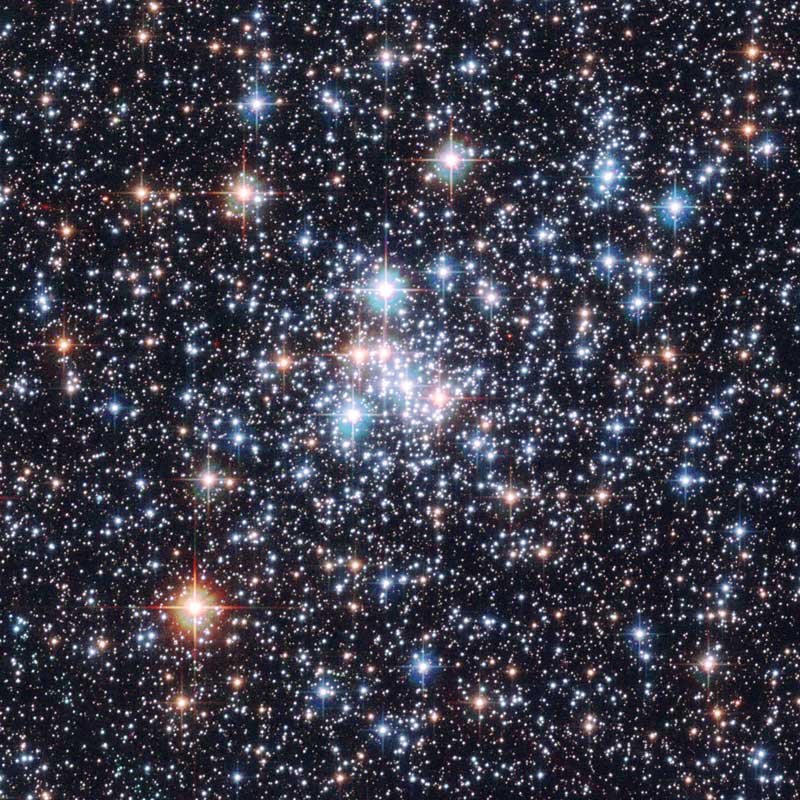Star Formation
Episode #7 of the course A short history of the universe
The only things we can see when we look out into space are stars, galaxies made of stars, and clouds of glowing gas and dust that are the remains of stars that have died and exploded. There are billions of stars in each galaxy and billions of galaxies—more stars in total than grains of sand on all the beaches of the Earth. Even the atoms in our bodies were created in the hearts of stars billions of years ago. The story of the universe as we know it really begins with stars.
We have no direct evidence for the formation of the first stars. It happened during the Cosmic Dark Ages, which are now too far away from us and obscured by the thick hydrogen fog that filled the universe at that time. But it’s not hard to say how it happened since we can observe it happening now, through telescopes, in later generations of stars all over the universe.
Stars are formed out of huge clouds of gas floating in space, which are usually 75% hydrogen (with one proton), 24% helium (two protons), and a sprinkling of heavier elements, especially lithium, beryllium, and maybe a little boron. These “molecular clouds,” if they are big enough, will eventually collapse inward under the pull of their own gravity, heating up as the gas is compressed. At thousands of degrees, the molecules fall apart into a plasma of particles again, like in the earliest universe. At millions of degrees, the protons start hitting each other so hard that nuclear fusion happens; two protons bond to become a helium nucleus releasing a high-energy proton. Since once fusion begins the star’s core becomes even hotter, it is a self-sustaining process for as long as the fuel (hydrogen) lasts, which in the case of a star like our sun is billions of years; our sun ignited about 5 billion years ago and is expected to last around another 5 billion.

Star Cluster NGC 290
Credit: ESA and NASA
The very first stars ignited between 2-3 million years after the Big Bang—more than 13 billion years ago—and were 30-300 times the size of our sun, because the hydrogen gas filling the universe was much denser at that time. Because they were so large, they burned more fuel faster and lived shorter lives—perhaps only a few million years.
Stars live according to a balance; their gravity is pulling them inward and their radiation is expanding them outward. When their hydrogen fuel begins to run out, gravity takes over and they begin to collapse. But that makes them denser and therefore hotter, so they start fusing their helium into heavier elements, expand again to a much larger size, and burn much hotter for a little while. This cycle of running out of fuel, contracting, and fusing heavier elements can continue until the star creates iron if it is big enough to go that far. But it will not be able to fuse iron. So, within a few minutes of creating iron, the star’s core will suddenly collapse, the shockwave violently blowing the rest of the star out into space.
These supernova explosions are so bright that one happening in another galaxy became the brightest star in Earth’s skies for several weeks in the year 1054. Chinese astronomers even wrote about it.
Supernovae leave behind huge clouds of mineral-rich gas that will later give birth to new stars and planets; astronomers call them “stellar nurseries.” Many photos taken by the Hubble space telescope show these stellar nurseries, their multi-colored gasses illuminated by the light of the stars born within them.
Recommended book
Share with friends

